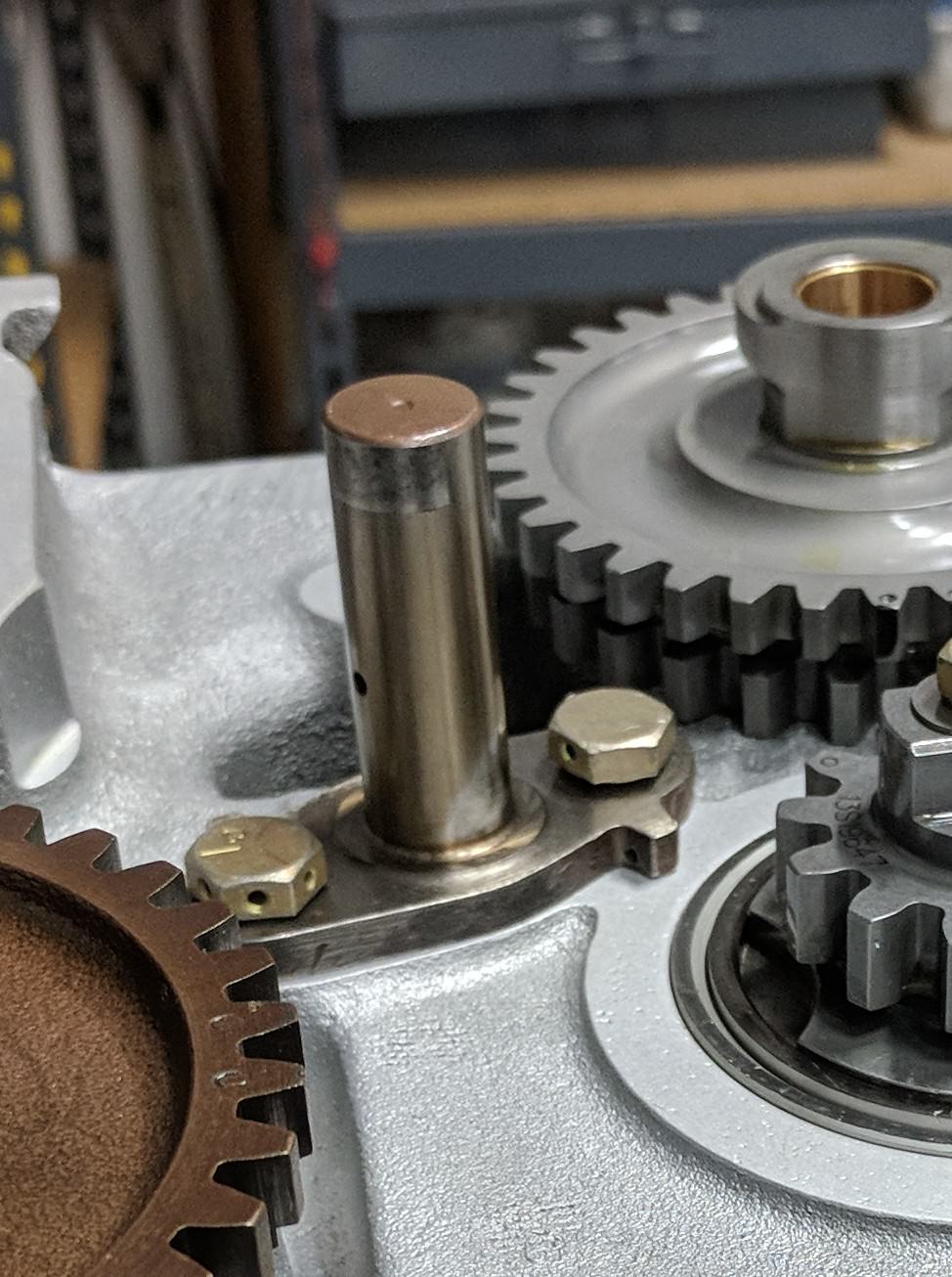stringfellow
Active Member
Lyc gurus: I am reassembling a 540. I could not find a specific torque value in the overhaul manual for the 5/16-18 x .87 bolts that fasten the idler gear shaft flange to the case.
The standard torque value listed in the overhaul manual for 5/16 bolts is 204 in-lbs. That seems awfully high for this application.
Am I missing anything? Thanks.

The standard torque value listed in the overhaul manual for 5/16 bolts is 204 in-lbs. That seems awfully high for this application.
Am I missing anything? Thanks.





